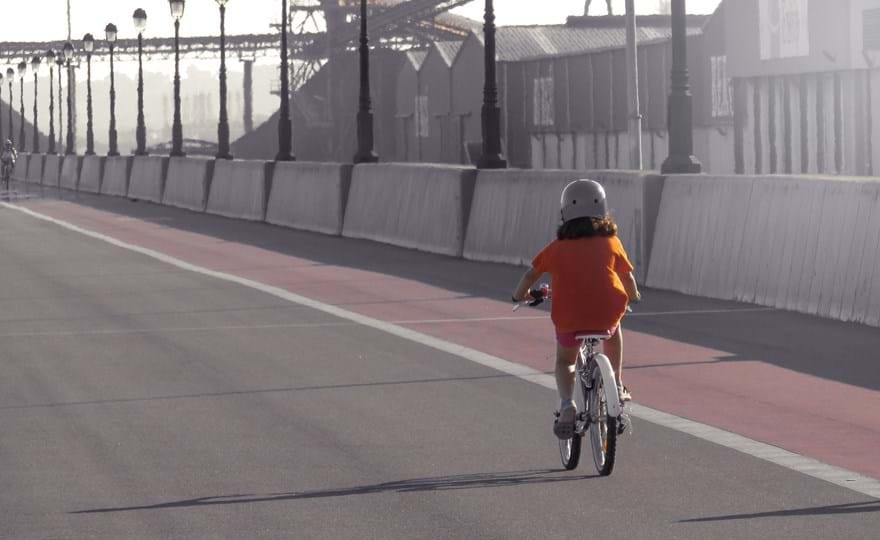ClientEarth Communications
22nd September 2021


Everyone has the right to breathe clean and healthy air. But, globally, 9 out of 10 people are breathing dangerously polluted air.
In Europe, air pollution is damaging people’s health, reducing their quality of life and cutting lives short. In fact, it’s the main environmental risk factor for human health. But many people do not join the dots between health issues and what they’re breathing in every day.
According to the European Environment Agency, in 2018, exposure to polluted air in Europe was responsible for more than 415,000 premature deaths.
However, despite efforts to improve air quality in Europe, pollution still consistently soars above legal limits.
The World Health Organization’s (WHO)’s air pollution guidelines are the most authoritative scientific reference to help policymakers across the world in setting standards and goals for air quality management and laws in the EU are – though in some cases loosely – based on these.
We have consistently called for governments to align with WHO recommendations, warning that the gap between WHO limits and legal limits across Europe are only getting wider.
Today, our warnings have taken on fresh urgency. The WHO has published its new, much stricter guidelines on air pollution, slashing recommended safe limits in some cases by 75%.
This means that across EU and the UK, legal limits for NO2 are now 4 times higher than WHO recommendations, while legal limits for PM2.5 are now 4, and in some cases, 5 times higher than the new guidelines.
The WHO’s updated recommendations mean that many more thousands of citizens across Europe are likely being exposed to toxic pollution far above what we now know to be acceptable.
“These new guidelines reflect the best available science and the conclusion is irrefutable: air pollution, even at levels lower than previously thought, seriously endangers people’s health and action needs to be taken.”
According to our lawyers, European governments should be “scrambling to act” following the publication of these new guidelines; the EU had previously committed as part of its Zero Pollution Action Plan to align the bloc’s air quality standards more closely with the WHO’s recommendations. In December 2020, the Commission published the roadmap for the Revision of the Ambient Air Quality Directives – the EU’s leading legal instrument on air quality – with a proposal for revised legislation expected in 2022.
If the Commission is committed to reach ‘zero air pollution’ in the EU, then their top priority in their proposal for a new EU air quality standard must be to fully align with the WHO’s new recommendations.
Our director of nature and health Ugo Taddei said: “Clean and healthy air is a fundamental right and EU laws should be fit to protect individuals. The Commission is now looking to reform EU air quality standards and the updated law must absolutely reflect these new WHO recommendations. The revision of the Air Quality Directive is a once-in-a generation opportunity to ensure people in the EU aren’t condemned to ill health from dirty air for decades to come.
The UK Government is also under pressure to tackle toxic levels of air pollution across the country. Air pollution is estimated to cause the equivalent of up to 40,000 early deaths a year nationally. There are currently 33 out of 43 reporting zones which chart levels of NO2 pollution above legal limits.
Andrea Lee, clean air campaigns manager said: “This must serve as a wake-up call for the UK Government – ministers should be scrambling to act. As the Environmental Bill is currently going through Parliament, the government needs to listen to the health evidence, show leadership and get on with tightening air quality standards that better protect people now.”
Illegal levels of air pollution remain a serious problem in central and eastern Europe, with Poland and Bulgaria ranking among the worst. Harmful levels of PM2.5 – caused mainly by domestic heating – contributes to nearly 43,000 premature deaths a year in Poland. In 2019, 8 out of 46 reporting zones had levels of PM2.5 above the EU legal limits.
Road traffic is also a major source of illegal levels of NO2. For the past several years, four Polish cities have had levels of air pollution above EU legal limits, and yet, there are currently no low emission zones in the country.
Lead of ClientEarth’s clean air programme in Poland and Central and Eastern Europe Agnieszka Warso-Buchanan said: “The Polish government can no longer sit idly by while transport emissions continue pollute our cities and impact people’s health. The government must act to reduce this harmful source of pollution. It's time to ensure the right to clean air for the citizens of Poland.”
Our Bulgarian partner Ivo Hlebarov from Za Zemiata said: “The new WHO guidelines, particularly for PM2.5, will be tough for the Bulgarian government to implement considering that Bulgaria still doesn’t meet the existing EU legal limits. However, the WHO’s new guidelines make it clear that authorities can no longer hide behind EU standards as they are clearly not good enough to protect people’s health against polluted air.”